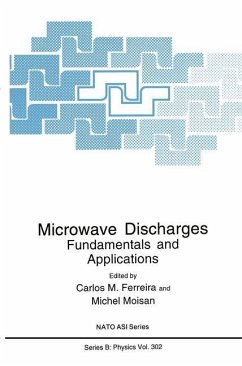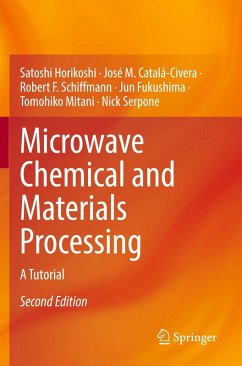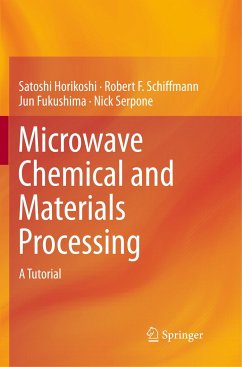
Microwave enthrakometer-based lab-on-a-chip
Towards a MW chemotronics: oscillopolarographic and modulation-polarographic on-chip experiments in the microwave field
Herausgegeben: Gradow, Oleg
Versandkostenfrei!
Versandfertig in 6-10 Tagen
62,99 €
inkl. MwSt.

PAYBACK Punkte
31 °P sammeln!
The report considers the possibility of creating microwave-sensitive devices (research and analytical chips) for electrochemistry based on catalytically active metal films used as enthrakometers. A new class of previously unexplored physical / physicochemical processes is introduced: microwave-activated processes on the chip surface. Polarographic on-chip-catalymetry is an analytical method where parallel to the measurements, the analyte precipitates on the platinum electrode - hence, the detector parameters change. In the case of using microfluidic technology that combines the properties of a...
The report considers the possibility of creating microwave-sensitive devices (research and analytical chips) for electrochemistry based on catalytically active metal films used as enthrakometers. A new class of previously unexplored physical / physicochemical processes is introduced: microwave-activated processes on the chip surface. Polarographic on-chip-catalymetry is an analytical method where parallel to the measurements, the analyte precipitates on the platinum electrode - hence, the detector parameters change. In the case of using microfluidic technology that combines the properties of an analytical sensor and a microreactor, it is possible to treat sedimentation not only as a problem but also as an opportunity to introduce an adaptive manufacturing process in which the properties of the enthrakometer surface exposed to microwave radiation are controllably modified during its operation on a chip. This is the way from oscillopolarographic and modulation-polarographic on-chipexperiments in the microwave field and on-chip enthrakometric catalymetry (including selective on-chip microwave catalysis) towards a microwave chemotronics and microwave magnetochemical spintronics.












